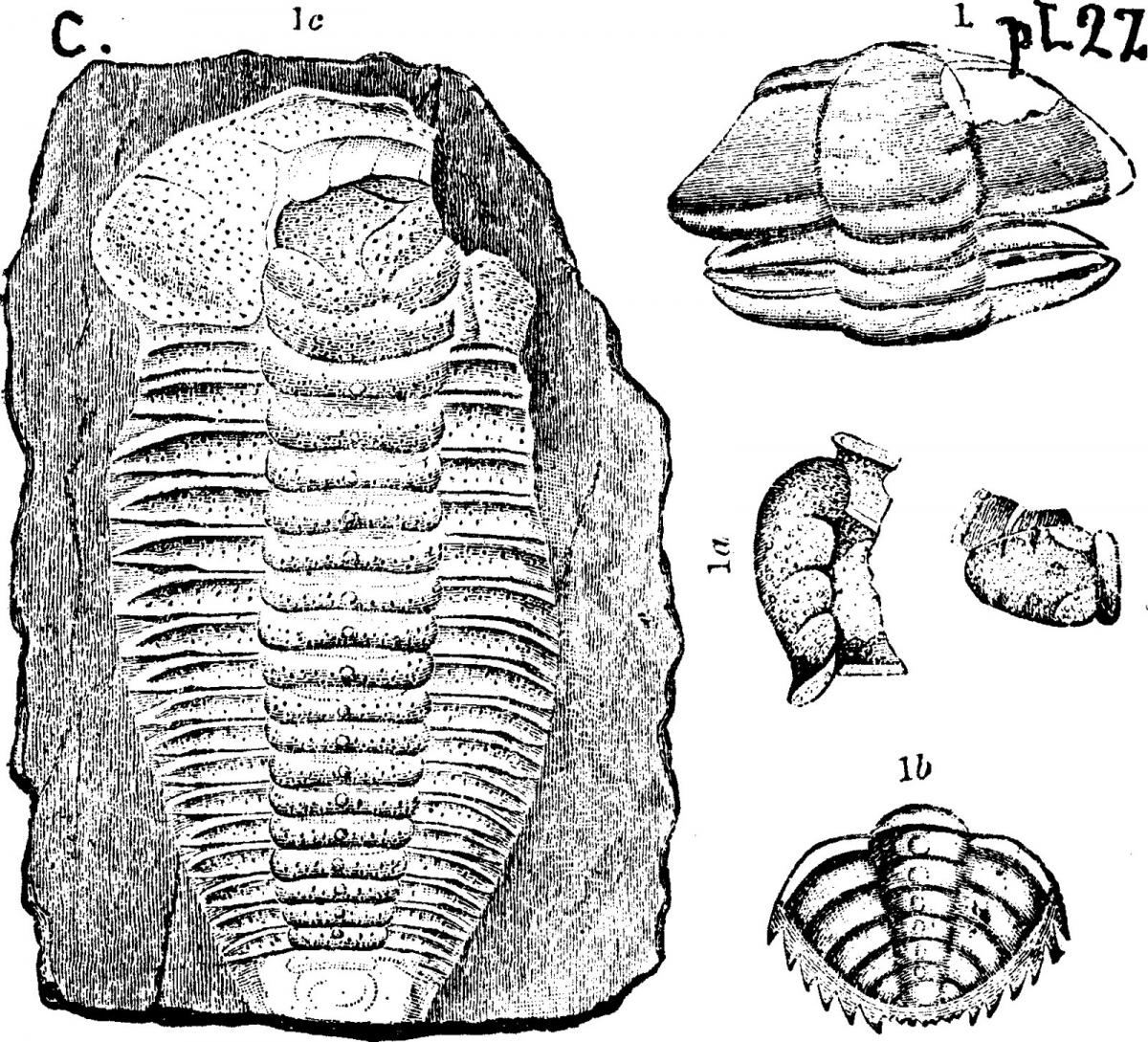Humans have noses, fish have gills, 450-million-year-old trilobites had… dumbbell-shaped breathing structures hanging off their legs. That’s according to new research on a rare set of fossils of trilobites, extinct marine arthropods that somewhat resemble cockroaches.
Although trilobite fossils are fairly common, it’s incredibly difficult to find the soft parts of their bodies preserved. We only know of about two dozen specimens that allow researchers to study them. Scientists used a CT scanner to look at this particular set of fossils without having to chip away much at the pyrite preserving it. They were able to see the trilobite’s tiny anatomical structures, some of which are less than a fourth of the width of a human hair.
One of those structures were dumbbell-shaped filaments on a branch of the trilobites’ legs. Thanks to the minute details offered by the scans, scientists noticed the similarity of these structures to gills on modern marine arthropods such as crabs and lobsters. That led them to determine that these structures most likely functioned as breathing apparatuses.
This isn’t the first time these structures have been studied, but in the past, researchers thought that trilobites may have used them for swimming or digging. Because trilobites scavenged on the ocean floor, their legs didn’t seem like a great place for breathing structures, where sand could have easily gotten into them. However, the fact that this branch of trilobites’ legs probably had a very limited range of movement probably helped protect them.
They may not have been the best-placed breathing apparatuses, but they seemed to have worked well enough for about 250 million years, and that’s nothing to sneeze at.










